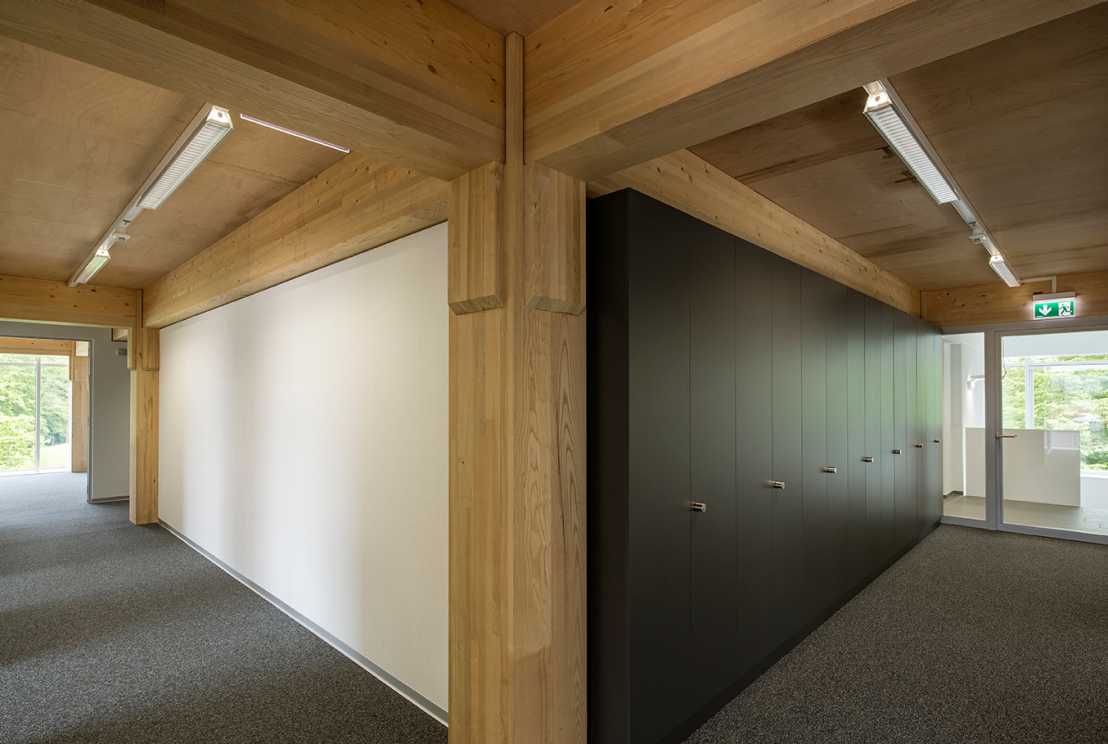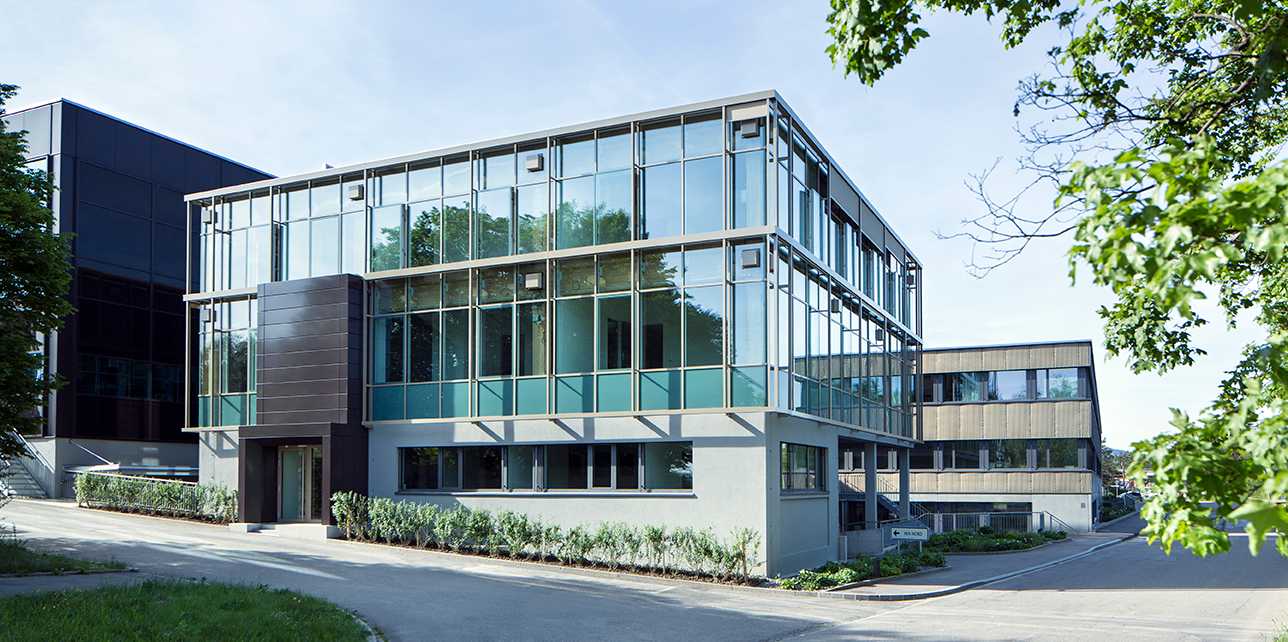Advancing to a greener construction
On 2nd June 2015, ETH Zurich House of Natural Resources (HoNR) opened in ETH Hönggerberg Campus. The event highlights not only the inauguration of a new building but the showcase of a new milestone in sustainable construction.
Sustainability is an engaging topic, particularly in the construction industry as buildings and infrastructure consume approximately 30 to 40% of global resources and 40% of the energy load [1]. This is a huge ecological footprint and puts significant pressure on the building sector to look for alternative ways to reduce impact – in other words, to be sustainable.
Need for innovation
The construction sector has made quite good progress in internalizing social and environmental “externalities” in economic activities. Energy-efficient buildings are now built at a similar cost during their construction but a lower cost during their operation. However, although efforts are underway, the industry footprint remains big enough to sustain a continued call for further research and innovation.
In this line, the Chair of Structural Engineering in Timber Structure from the Department of Civil, Environmental and Geomatic Engineering in cooperation with the chair of Architecture and Building Systems from the Department of Architecture in ETH Zurich, has built the House of Natural Resources (HoNR) on the ETH Hönggerberg Campus. The building features innovative wood-concrete structures with new façade technology and in-situ monitoring sensors that are constructed with an overall focus on sustainable construction.
Replacing steel with wood

To address the question of the sustainability of wood structures, a master’s thesis project on life-cycle assessment of wood-concrete structures in the HoNR was carried out by Tai Ly in 2014 at the Chair of Sustainable Construction from ETH Zurich. The study focused on the analysis of wood-concrete composite slab using laminated veneer lumber (LVL) made of beech wood as formwork and reinforcement. For fire resistance, reinforcing steel was still placed. Results show that the HoNR’s wood-concrete structure produces about 10% lower carbon emission compared to the conventional reinforced concrete. Although the savings are not that high for this prototype, the potential for improvement is promising. Actually, this new technology could make it possible to reduce the amount of steel needed in the reinforced concrete, which in turn would considerably reduce the environmental impact as steel currently contributes to 20% of the greenhouse gas emissions released as part of the production of this hybrid slab [2]. Furthermore, in Switzerland wood is an available resource, whereas steel needs to be imported, thus further increasing the impact related to transportation.
Further reduction of the environmental impact
Finally, a running joint project “Concrete Solutions” funded by the SNF to support the National Research Program on Energy Turnaround (NRP 70), is now looking into the improvement potential of these wood-concrete structures. It aims to improve beech LVL quality, particularly the flame retardancy, to allow total elimination of steel reinforcement. It also aims to develop a connection system without steel fasteners by looking into material lay-up and potential glue that could effectively bind composite materials. Additionally, big savings is envisioned on the use of optimal low carbon concrete, with the new guideline released by SIA allowing cement substitution up to 65% (SIA 2049). All of these improvements would allow for a local hybrid wood/concrete slab structure which releases only 50% of the greenhouse gases compared to the conventional reinforced concrete structure currently available on the market [2].
Monitoring the building and user comfort
Building the HoNR is a bold attempt to advance efforts in sustainable construction. The use of innovative wood structures promises less environmental impact than conventional systems. Like a living laboratory, the HoNR is set-up to provide current information on the building’s structural health, energy performance and occupants’ well-being. While sensors monitor measurable variables such as deformations, vibrations and tensions, researchers also integrate the subjective perceptions of users – such as comfort and any vibrations felt – into their studies. This is cutting edge in understanding some of the side effects of this new technology that are often rather difficult to quantify.
Further information
For more facts about the House of Natural Resources please visit the website and read the press release from ETH Zurich.
References:
[1] UNEP, 2014. Greening the Building Supply Chain. United Nations Environmental Program: Sustainable Buildings and Climate Initiative.
[2] Tai Ly, 2014. Life Cycle Assessment of Wood-Concrete composite floor. Master thesis, ETH Zürich.

